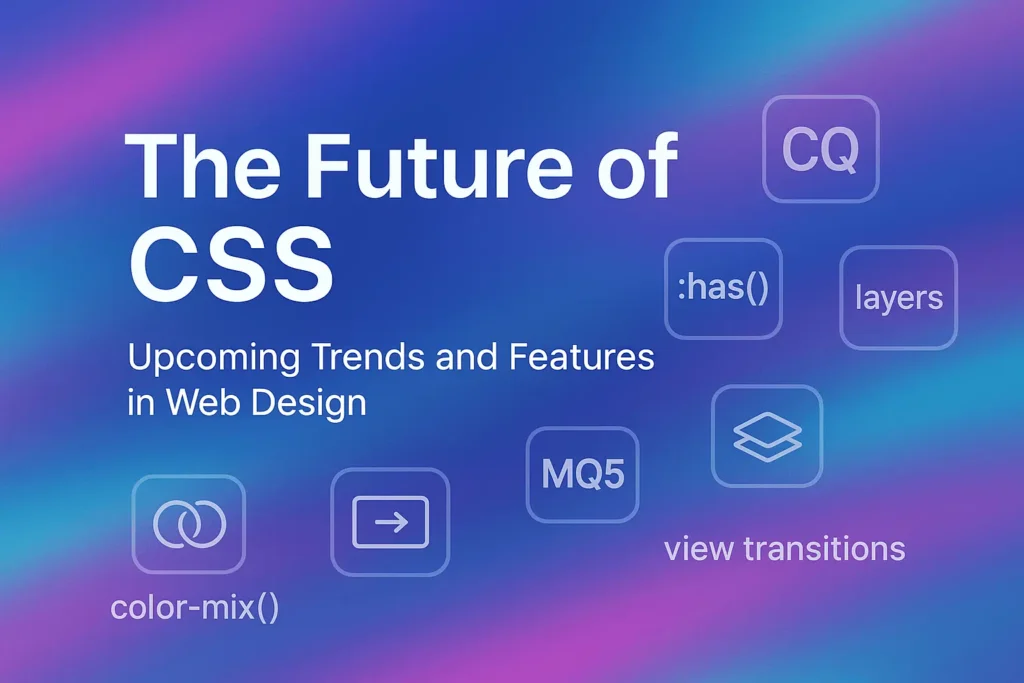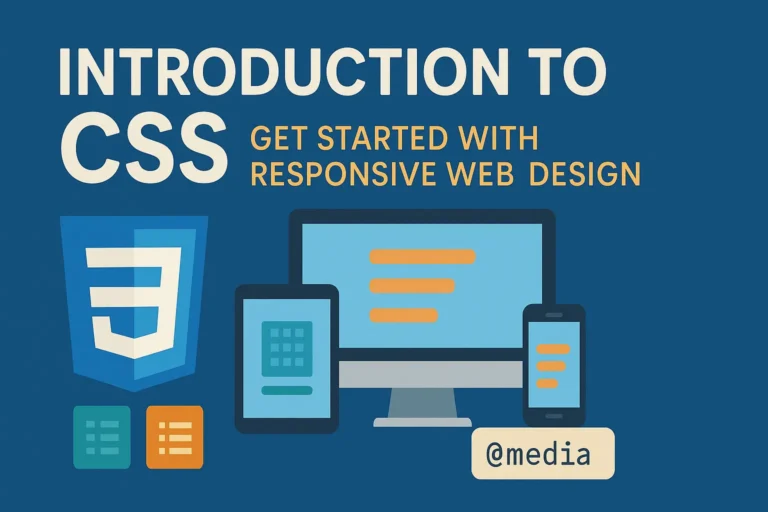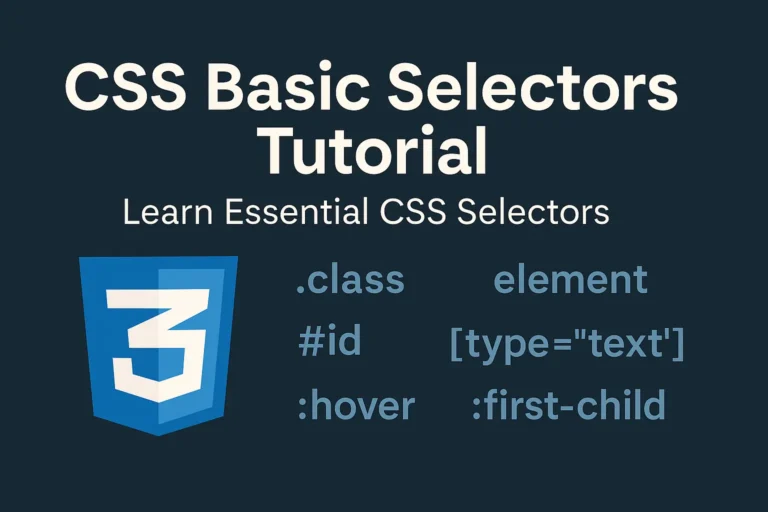Over the years, CSS has evolved significantly, adapting to the changing needs of web development. As we venture into the future, the landscape of CSS continues to expand, driven by innovations in technology and the demand for richer, more immersive web experiences. In this article, we delve into the future of CSS, exploring CSS4 and beyond, emerging CSS technologies, and the pivotal role CSS plays in shaping web development trends.
CSS4 and Beyond
CSS4 represents the next phase in the evolution of CSS, building upon the foundation laid by its predecessors. While CSS4 is not a single monolithic specification like its predecessors, it encompasses a series of modular enhancements aimed at addressing the shortcomings of CSS3 and catering to the demands of modern web design.
One of the key areas of focus in CSS4 is responsive design. With the proliferation of devices with varying screen sizes and resolutions, responsive design has become essential for delivering a consistent user experience across different platforms. CSS4 introduces new features and enhancements to facilitate responsive design, including container queries, which allow styles to be applied based on the dimensions of a container rather than the viewport.
In addition to responsive design, CSS4 also brings improvements in areas such as typography, layout, and animations. New properties and values enable greater control over typography, making it easier to achieve sophisticated typographic effects. Meanwhile, enhancements to layout mechanisms such as Flexbox and Grid provide developers with more powerful tools for creating complex and dynamic layouts. CSS4 also introduces new animation features, allowing for smoother transitions and more engaging user interactions.
Emerging CSS Technologies
Beyond CSS4, a host of emerging CSS technologies are poised to reshape the future of web development. One such technology is CSS Custom Properties, also known as CSS variables. CSS variables enable developers to define reusable values that can be used throughout a stylesheet, providing greater flexibility and maintainability. With CSS variables, it becomes easier to create themes, implement dark mode, and dynamically adjust styles based on user preferences or environmental factors.
Another emerging technology is Houdini, a set of low-level APIs that give developers unprecedented control over the CSS rendering engine. With Houdini, developers can create custom CSS properties, functions, and even layout algorithms, opening up new possibilities for creative expression and optimization. While still in its early stages, Houdini has the potential to revolutionize the way CSS is used and understood, empowering developers to push the boundaries of web design.
The Role of CSS in Web Development Trends
As web development trends continue to evolve, CSS remains a fundamental tool for shaping the visual and interactive aspects of web experiences. One of the prominent trends in recent years is the rise of component-based architecture, driven by frameworks like React and Vue.js. CSS plays a crucial role in styling and theming components, ensuring consistency and coherence across an application.
Another trend is the growing emphasis on performance and accessibility. CSS optimization techniques such as minification, tree shaking, and critical path rendering are becoming increasingly important for delivering fast and accessible web experiences. By optimizing CSS, developers can reduce page load times, improve rendering performance, and enhance the overall user experience.
Furthermore, CSS is playing an increasingly important role in the creation of immersive multimedia experiences, such as virtual reality (VR) and augmented reality (AR). With technologies like CSS3D transforms and CSS animations, developers can create captivating visual effects and seamless transitions, bringing digital content to life in ways that were previously unimaginable.
Conclusion
As we look to the future, the evolution of CSS promises to unlock new possibilities and push the boundaries of web design. From the modular enhancements of CSS4 to the groundbreaking potential of emerging technologies like Houdini, CSS continues to evolve in response to the changing landscape of web development. By embracing these advancements and staying abreast of the latest trends, developers can leverage CSS to create rich, immersive, and accessible web experiences that captivate and engage users across all platforms and devices.






